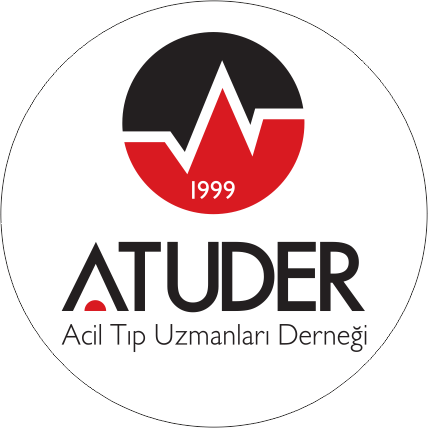ABSTRACT
Objective:
Our goal was to study the effects of fasting and mean weather temperature on blood biochemical parameters and urine test results in a group of patients that present with renal colic to an emergency department during the month of Ramadan.
Material and Methods:
Patients who presented to our emergency department from August 1-29, 2011 with a diagnosis of renal colic were included in the study. Patient demographic characteristics, major complaints, laboratory values and the average temperature of the day were recorded.
Results:
During the 29-day period, 61 patients were diagnosed with renal colic. Thirty-five patients were fasting, while 26 of them were not. In the comparison of fasting and non-fasting patients, there were no statistically significant differences in terms of age, arterial blood pressure, body temperature, blood glucose level, serum urea and creatinine levels, urine erythrocytes, leukocytes, ketones and density or in the chief complaint (p>0.05).
Conclusion:
Low urine volume reflects low fluid intake or excessive fluid loss, and directly increases kidney stone risk by increasing the urinary saturation of stoneforming salts. Fasting may result in limited fluid intake and increase renal colic presentations by affecting blood chemistry and urine concentration. In this study, no significant differences were observed between fasting and non-fasting patients in terms of the mechanisms that can cause renal colic.



